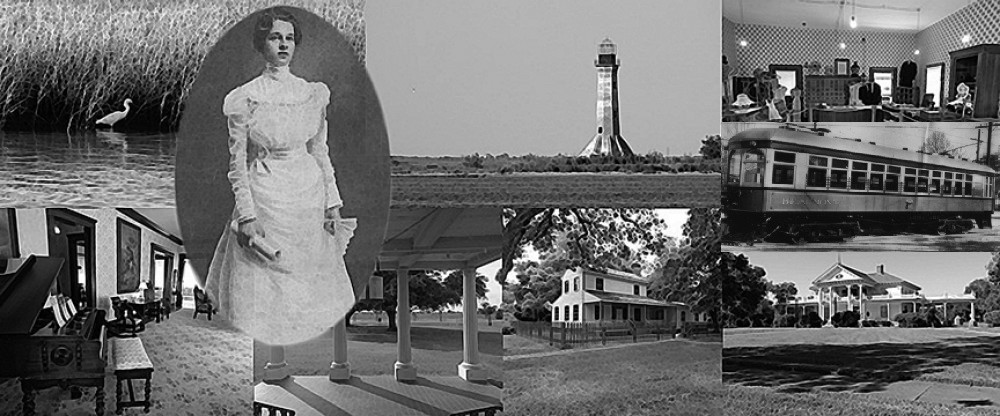I can vaguely remember my father telling stories of my family’s life in Beauxart Gardens where they lived for a short time before moving to 18th Street in Port Arthur. I particularly recall being told of an event in which my grandfather was bitten by a tarantula in the garden. But I really cannot confirm that tarantulas even existed in Southeast Texas in the 30s (most likely just big wolf spiders—but wolf spiders don’t make as good a story as a tarantula when you’re talking to a 10-year-old).
* * *
The other day I heard it mentioned that the Beauxart Gardens marker had been knocked down. My first thought was to wonder why Beauxart Gardens had a marker to begin with. And so goes the journey. I was immediately given the answer to “why,” and this led to another interesting story that I had no idea existed.
Beauxart Gardens was one of five farm/homestead colonies in Texas, which were developed in 1934 as part as of the New Deal legislation. Under President Franklin Roosevelt, this piece of legislation, among other things, provided housing to displaced Americans who couldn’t meet their mortgage payments and had been foreclosed upon. Generally, such residents in Southeast Texas worked part-time at area refineries and also kept vegetable gardens and livestock. The Beauxart area included not only 50 homestead sites, but two park sites, the largest of which (nine acres) contained a community center and playground. (This is the park located between Central Drive and South Garden Drive.)
Having had family that lived there for a time, I thought it best to go to the source in order to find out more about the place. So I called my uncle for a firsthand view of life in Beauxart Gardens, and the conversation was priceless.
My family had lived there for about three years. It was a great place to live and certainly to raise kids, but it was, at the time, away from civilization. There was no town to speak of: no stores or no churches, just pasture lands and gardens. My grandmother, in particular, did not like living that far away from her church (St. James on 16th Street in Port Arthur), but you did what you had to do back then, I guess.
The children were bused to Nederland schools, which posed a problem if a child wanted to participate in after-school programs. This was the 30s, and unlike today, ownership of cars was not widespread.
My grandfather worked at the Texas Company. The hours after work and at off times were spent tending to the garden. The family also had cows. Those necessities and other groceries were purchased at the Texas Company store, which my grandfather would visit every Saturday. Learning about his Saturday trips resonates with me because my father would do the same, although I’m sure Howard’s on 9th Avenue had a bit more of a selection than the Texas Company store.
After speaking with my uncle, I felt that the memories of growing up in Beauxart Gardens were kindly, although I do know that times were hard, especially given that people were in the grasp of the Depression. But our family has never shied away from hard work, and my grandparents raised six great kids in the process.
If you or someone you know has a story about growing up in Beauxart Gardens, or Southeast Texas in general, I would love to hear it. You can contact me at rediscoveringsetx@gmail.com. Let’s not allow our history to disappear. It’s not about the big battles or the status. Our history comprises the lives of the ordinary people who made SETX interesting.
